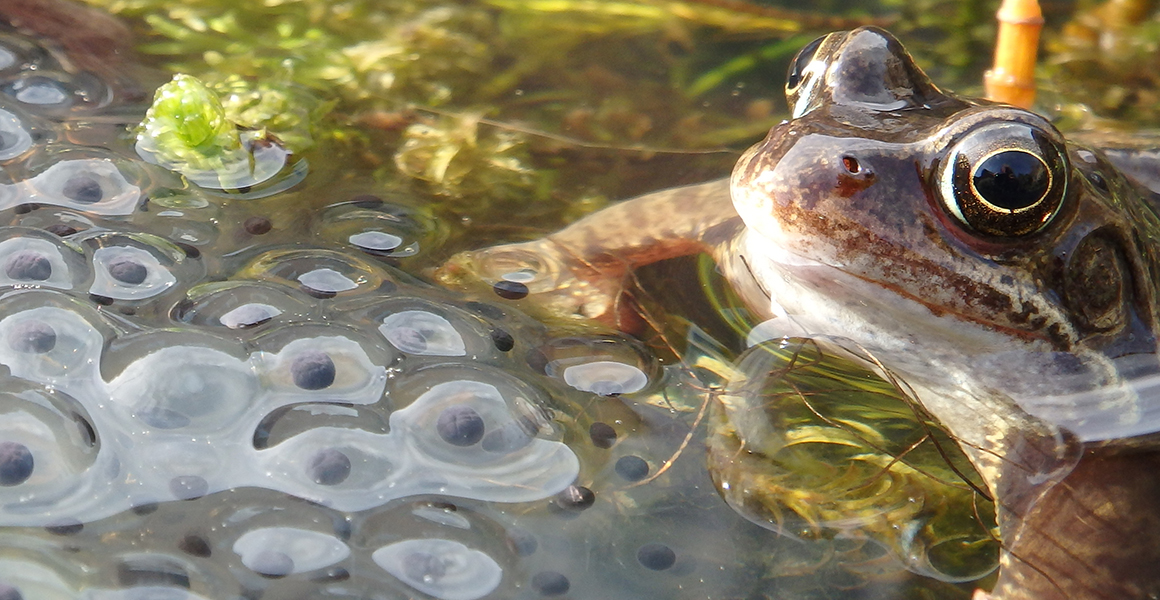Nature Recording Hub
Discover how to record the wildlife in your urban environment.

© Lesley Andrew/ Shutterstock
A range of surveys and identification guides to help you monitor the wildlife in ponds.
If you want to start monitoring the wildlife in your pond, we have gathered a variety of surveys from UK wildlife organisations that are easy for beginners. We also have links to helpful identification guides.
Download the full list (PDF 282KB), or browse the highlights below.
Discover how to record the wildlife in your urban environment.

Download the full list of pond surveys and ID guides
Freshwater Habitats Trust
A simple survey which can be done every year to monitor the health of your pond. The best time to do this survey is between May and August.
Based on the results, your pond will receive a 'score' which can indicate its health. The website makes some recommendations based on your score which can help to improve your pond for wildlife.
Equipment: You will need a white tray, a sieve, the survey forms provided and a pen.
Amphibian and Reptile Conservation
Survey protocols for finding a site and undertaking the national frog & toad survey and national newt survey.
The frog and toad survey is done between 1 January and 31 March. The newt survey is done between 1 April and 30 May. See the website for the full survey protocols.
Equipment: Torch, pond net. You will need good amphibian identification skills and some experience of observing amphibians in the field.
Froglife
There are a range of survey methods in this guide which require some equipment, including the use of artificial 'egg strips', nets and high powered torches.
Woodland Tust
Report your first sightings of frogspawn, tadpoles and newts each year to help track the impact of climate change and weather on amphibians.
Equipment: None
Natural History Museum
Our guide to help people identify some of the common groups of freshwater invertebrates that are likely to be found in the UK.
British Dragonfly Society
A website where you can filter what you have seen by month, habitat and colour to narrow down the possible identification options.
Natural History Museum
A guide to the common UK amphibian species.